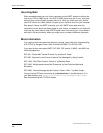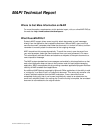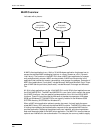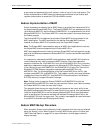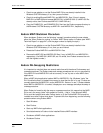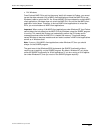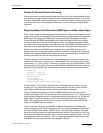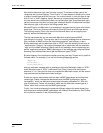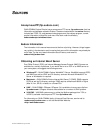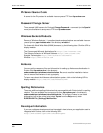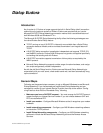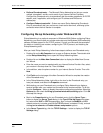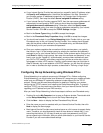
Eudora User Manual MIME Labeling
254
QUALCOMM Incorporated
This corruption happens because SMTP cannot handle the special characters. However, if
you and your recipient both have MIME, quoted-printable encoding would be used, and
your text would show up properly:
«Il est démontré, disait-il, que les choses ne peuvent être autrement;
car tout étant fait pour une fin, tout est nécessairement pour la
meilleure fin.»
While your mail was actually in transit, however, it would have looked like:
=ABIl est d=E9montr=E9, disait-il, que les choses ne
peuvent =EAtre =autrement; car tout =E9tant fait pour une fin, tout est
n=E9cessairement =
pour la meilleure fin.=BB
Base64 encoding is another way to protect binary data from the SMTP mail system.
However, Base64 makes no attempt to be legible, and is most appropriate for non-text
data.
MIME Labeling
The other important part of MIME is that it lets mailers communicate what kind of data is in
a message (or part of a message). The primary mechanism used for this is the
Content-Type header:
Content-Type: text/plain; charset=iso-8859-1
A content-type header is divided into three parts; the content type, the content subtype,
and the parameters. In this case, the content type is “text,” meaning the message contains
mostly legible text. The content subtype is “plain,” which means there aren’t any formatting
commands or anything like that embedded in the text. Finally, “charset=iso-8859-1” is a
parameter; in this case, it identifies the character set the message uses.
The major content types are:
text, legible text
image pictures and graphics
audiosound
video moving pictures
message, messages, or pieces of messages
multipart,several different kinds of data in a single message
Practical Issues
There are really only two things you sometimes need to do with Eudora and MIME. One is
that it may occasionally be necessary to turn off quoted-printable encoding. Another is that
you may want to know how to define mappings between computer file extensions, MIME
types, and Macintosh types.



